Da Guandi Temple
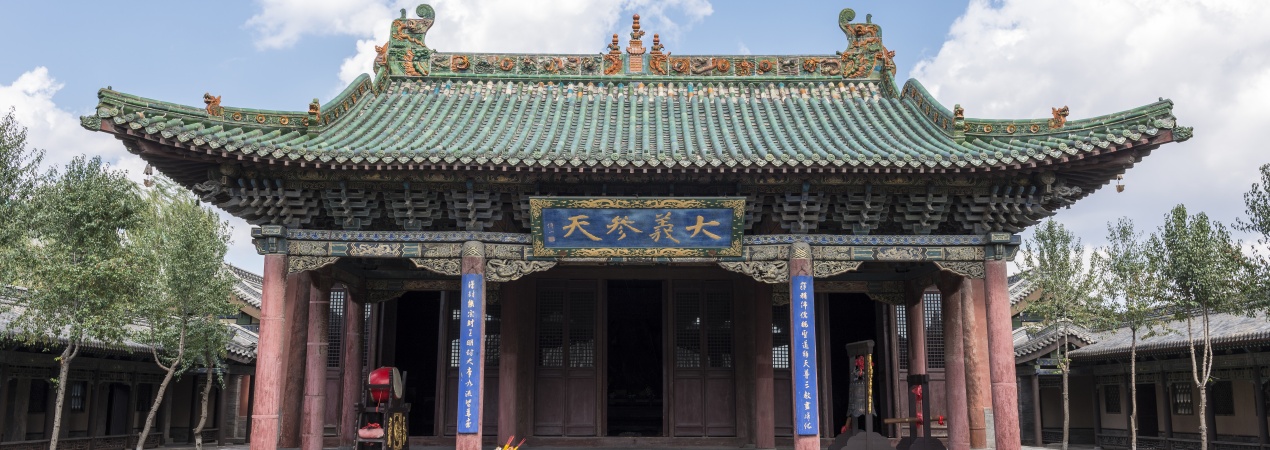
In ancient China, Guan Yu was regarded as a war god. Following his death, he came to be respected as Guan Gong or Guandi, and temples named Guandi Temples were constructed to pay tribute to him. Da Guandi Temple is the biggest among Taiyuan's twenty-seven Guandi temples, covering about 3,380 square meters. Eleven Ming and Qing buildings stand today along the north-south line of the main gate, Chongning Hall, and Chunqiu Pavilion. The bell and drum towers, corridors, side halls, and the eastern courtyard also lie on either side. The eastern courtyard holds the Three Generations Hall, east and west side halls, and Baiyi Shrine. Chongning Hall dates from the Ming dynasty, while most of the others come from the Qing.
- Chinese name:大关帝庙 Dà Guān Dì Miào
- Recommended Duration: 1 hour
- Entrance Fee: Free
- Opening Hours: 9:00-17:00,closed on Monday
- Best time to visit: March to July
- Address: No. 36, Miaofan Street, Qian Community, Miaofan Subdistrict, Yuzhong District, Taiyuan City, Shanxi Province
- How to get there: By metro: :Take Subway Line 2 to Exit A at Kaihuasi Station, head north to the intersection of Jiefang Road and Yangshi Street, walk about 300 meters along Yangshi Street, and you will reach Daguandi Temple by turning at the red wall near the main entrance. By bus: Take bus route 808, 828 outer loop, 809, or 4 outer loop to Shui Xi Men station, then walk north along Miaofan Street for about 380 meters to reach Daguandi Temple.
Highlights of Da Guandi
Chongning Hall
Chongning Hall, Da Guandi Temple's main structure from the Ming era, gets its name from Guan Yu's imperial title "Chongning Emperor" given by Song Emperor Huizong after his death. Standing on a 16-meter wide, 12.6-meter deep brick base raised 0.6 meters, the hall houses Guan Yu's emperor-dressed statue. This strong-looking figure holds a tablet with both hands. Above hangs a plaque reading " 神功佑仁(Divine Merit and Benevolent Protection)." Blue-and-white vases on both sides show "忠(Loyalty)" and "义(Righteousness)." Original Ming Dynasty work covers most beams and painted designs inside, keeping that period's style. Murals finished in 2006 display titles later emperors gave Guan Yu, showing his image and life after people worshipped him as a god.
Chunqiu Pavilion
The Chunqiu Pavilion, named for Guan Yu's love of reading 'Spring and Autumn Annals', features a Qing Dynasty two-story design. Standing on a brick platform measuring 14.45 meters wide, 8.16 meters deep, and 0.58 meters high. Its ground floor displays Guan Yu's armored statue flanked by Zhou Cang and Guan Ping. Popular Three Kingdoms stories decorate the walls. Inside the second-floor pavilion is a statue of Guan Yu reading the "Spring and Autumn Annals" at night, and on the surrounding walls is the full text of the "Spring and Autumn Annals", which is great work.
Eastern Courtyard
The Eastern Courtyard's main draws are two Qing-era buildings: the Three Generations Hall and the Baiyi Shrine. The former honors Guan Yu's father, grandfather, and great-grandfather, giving visitors a place to honor his family. People gather here each year on Guan Yu's birthday to pay their respects. Originally built for Guan Yu's son, the Baiyi Shrine later became a Buddhist hall dedicated to Guanyin as Buddhism's influence grew.
Educational Value
During Ming and Qing times, Daguandi Temple gathered traveling merchants in Taiyuan. They traded, rested, and worshipped here. This important relic on the 'Tea Road' witnessed the rise and growth. The temple's Ming-Qing buildings carry important evidence of that time. They show Taiyuan's material production, lifestyles, ideas, customs, and social trends from that period.
Activities to do at Da Guandi Temple
Guan Gong Blessing Activities: May 13th of the lunar calendar is commonly known as "Guan Gong sharpening knife day". Every year on this day, Taiyuan Guandi Temple will hold a "Guan Gong sharpening knife day" blessing activity. Staff will dress in Tang Dynasty costumes and perform sacrificial rituals according to the ancient system. There will also be martial arts performances and Jin Opera actors performing dramas about Guan Gong.
Drop us a line and we'll connect you with the top China expert in no time!
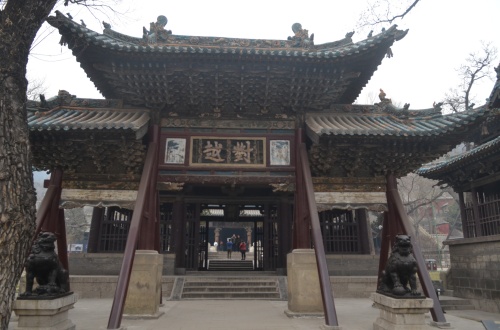 Jinci Temple
Jinci Temple 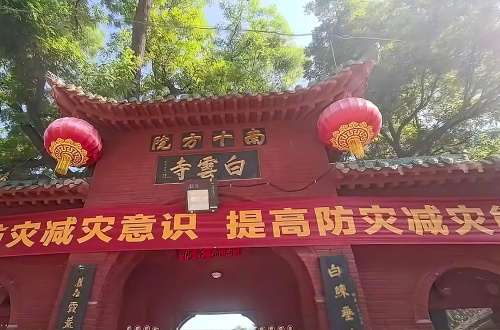 Taiyuan Baiyun Temple
Taiyuan Baiyun Temple 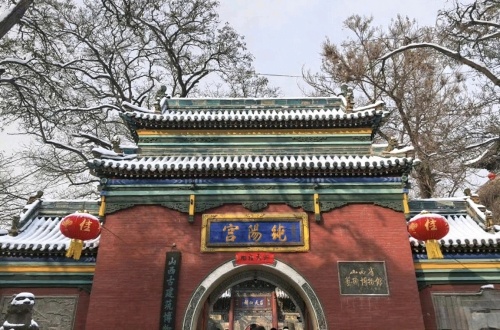 Taiyuan Chunyang Palace
Taiyuan Chunyang Palace 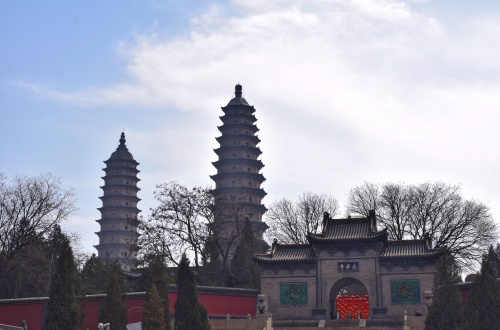 Taiyuan Twin Pagoda Temple
Taiyuan Twin Pagoda Temple